Summary
- Cast Away may not be based on a true story, but it draws inspiration from real-life survival experiences to create its narrative.
- The writer of the film, William Broyles Jr., researched the true story of survival by deliberately isolating himself on an island, which influenced the critical moments in the movie.
- Cast Away is more realistic than other fictional survival movies and has parallels to real-life stories of individuals who endured similar circumstances.
It might be a work of fiction, but real-life events and survival stories inspired the Tom Hanks survival drama Cast Away – so, is Cast Away based on a true story? The movie follows the story of FedEx executive, Chuck Noland (Hanks) after he's stranded on a deserted island in the middle of the South Pacific by a plane crash. Movies like 127 Hours and Adrift deal with the accounts of real people who faced impossible odds to survive, however, Cast Away is more fiction than either of these movies. Nevertheless, while it may not be inspired by one particular individual, the film Cast Away is based on many real-life experiences.
Isolated for four years, Noland struggles to survive and stay sane, with his only company being Wilson, a volleyball that was part of the plane's cargo, which has a painted face made by Noland's own bloody handprint. Written by William Broyles Jr. and directed by Back To The Future's Robert Zemeckis, the Tom Hanks movie was a box office hit, making nearly $430 million worldwide (Box Office Mojo) while Tom Hanks was nominated for the Academy Award for Best Actor for his central performance. Years later, its visceral and grounded feel has audiences still asking about the Cast Away true story.
How William Broyles Jr. Researched The Cast Away True Story
Noland braved the elements and managed to survive for years in Cast Away, eventually being able to return home. While researching and writing the story for Cast Away, Broyles Jr. consulted professional survival experts before taking the significant step of deliberately isolating himself on an island in the Gulf of California, intending to put himself in the shoes of his main character. Broyles discussed his time in isolation and how it later inspired the screenplay in an interview with The Austin Chronicle. Broyles' experience on the island informed many of the critical moments portrayed in Cast Away.
The writer speared and ate stingrays on the island, drank coconut juice, built a tent out of bamboo and palm leaves, and struggled to make his own fire, aiming to get a small sense of the experience depicted in survival movies like 127 Hours based on true stories. The experience gave him an understanding of “what it means to be truly alone.” When he found a deserted volleyball on the beach, he named it Wilson, which served as inspiration for Noland’s only friend during his four years. Cast Away isn't totally based on a true story, but the writer's research is essentially the Cast Away true story.
Is Cast Away Based On A True Story?
It is more than Broyles' intense prep work that serves as Cast Away's inspiration. The movie was initially inspired by Robinson Crusoe, and Elvis actor Tom Hanks had the idea to do a modern-day version of Daniel Defoe’s classic adventure story. Hanks told The Hollywood Reporter that he was inspired by a news article about FedEx for Cast Away. “I realized that 747s filled with packages fly across the Pacific three times a day,” said Hanks. He wondered, “what happens if (the plane) goes down?” This question sparked the idea that would evolve into the movie and led to creative product placement in Cast Away.
Like Defoe’s historical fiction, though there is no Cast Away true story, Cast Away was inspired by the lives of real-world explorers. Alexander Selkirk is thought to have been the biggest inspiration behind Defoe’s novel, and he was a Scottish castaway who spent four years on a Pacific island in the early 1700s. After being rescued by an English expedition in 1709, Edward Cooke, who was part of the rescue team, wrote about Selkirk in his book, A Voyage to the South Sea, and Round the World.
The Robert Zemeckis-directed Cast Away also draws on the experiences of other survivors to create an original story grounded in reality. A range of other real-life castaways inspired some of literature's most famous stories, including Spanish sailor Pedro Serrano, who was reportedly shipwrecked on an island off the coast of Nicaragua in the first half of the 16th century. Ada Blackjack was another, sometimes referred to as a "female Crusoe" – she was a seamstress who became stranded on an island near Siberia in 1921 and was rescued two years later. These explorers and others like them helped to inspire Tom Hanks' Chuck Noland and his experiences in his island location in Cast Away.
What Island Was Used in The Film Cast Away?
Cast Away's location almost makes up for the trials and hardships that Tom Hanks' character has to endure while stranded. It's a credit to the movie's authenticity that the island isn't part of some big set in Hollywood. Instead, it's a real island that's open to the public. Though Cast Away's island appears to be remote, in real life, it's a thrumming, vibrant tourist location. The location in which the movie was filmed is called Modriki, a small island just off the coast of Fiji that also serves as a tourist hotspot.
A wide array of movies have been filmed in Fiji, such as Contact, The Blue Lagoon, and The Fall. Modriki, also known as "Cast Away Island Beach," has no real amenities like hotels or restaurants. However, it does feature an abundance of sea life, plenty of surf, and a dazzling variety of plant life. Tom Hanks at least lucked out with his filming location: the island is uninhabited, and anyone can take a tour of Modriki to see where Cast Away was filmed.
How Tom Hanks Brought Realism To His Cast Away Role
Part of the reason people still ask "Is Cast Away based on a true story" is because of the performance of Tom Hanks. It takes a very rare actor who can hold a movie as virtually the only one on screen for the entire runtime, and Hanks proves he is that talented. Once Chuck is on the island, the movie relies on Hanks' performance to make the audience care about his journey and become invested in his survival. Unlike Tom Hanks and Robert Zemeckis' Forrest Gump collaboration, the actor doesn't have a unique and likable character to embrace, as Chuck is meant to be an ordinary man in an extraordinary situation.
In an interview about Cast Away (via ABC News), Hanks spoke about the importance of keeping the stakes real and the situation Chuck was in as desperate as possible. He said they avoided having any other human character interacting with Chuck or coming into the story as "we’re going to take this so far that the audience has no recourse. They’re stuck on the island with them — with Chuck — no matter what happens to him." Hanks committing to the realness and rawness of Chuck's journey in Cast Away is what made it feel so truthful.
How Realistic Is Cast Away?
Given that there is no Cast Away true story, the film essentially faces an uphill battle to make audiences believe that the narrative is realistic. Extraordinary events like surviving a plane crash and learning to live on a desolate island for four years are hard to believe, but it's way more realistic than other fictional survival movies. Other survival films led by just one actor like The Martian and Gravity might look stunning and are full of scientific explanations, but they aren't anywhere near as realistic as Cast Away, and they require that audiences suspend disbelief. There's also a surprising number of real-life survival stories that mirror Cast Away's narrative.
In 1965, a group of teenage boys known as the Tongan castaways were shipwrecked on Ata, an uninhabited island, for 15 months (via People). The boys ran away from their boarding school and stole a boat, but they washed up on Ata after a shipwreck during a storm. A Japanese WWII soldier didn't hear that the war had ended, and he managed to survive in a Guam jungle on his own for a whole 27 years too (via Smithsonian). Island of Blue Dolphins is based on the true story of a 12-year-old girl who survived on San Nicolas Island alone for 18 years, which isn't too different from Cast Away.



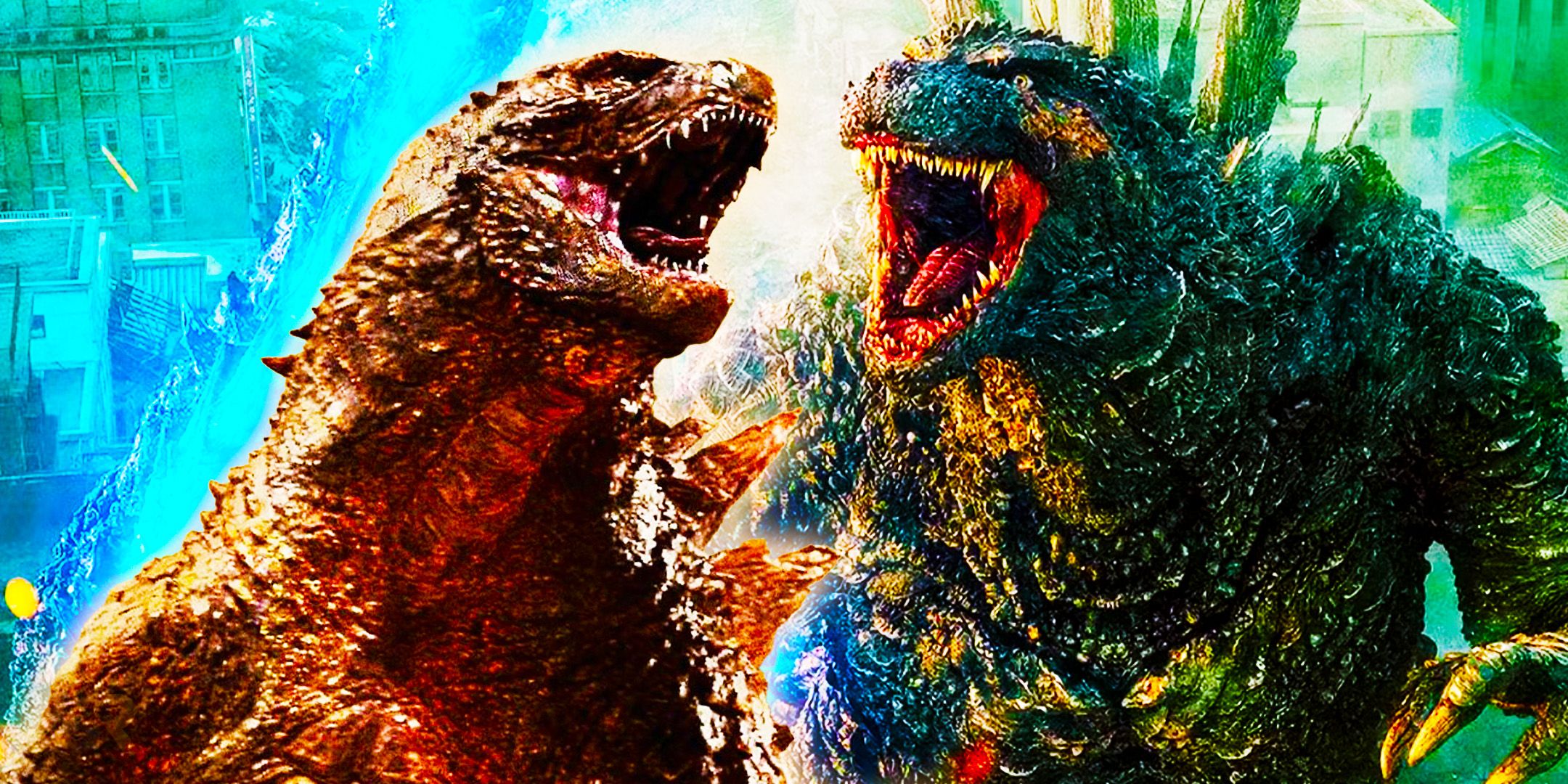
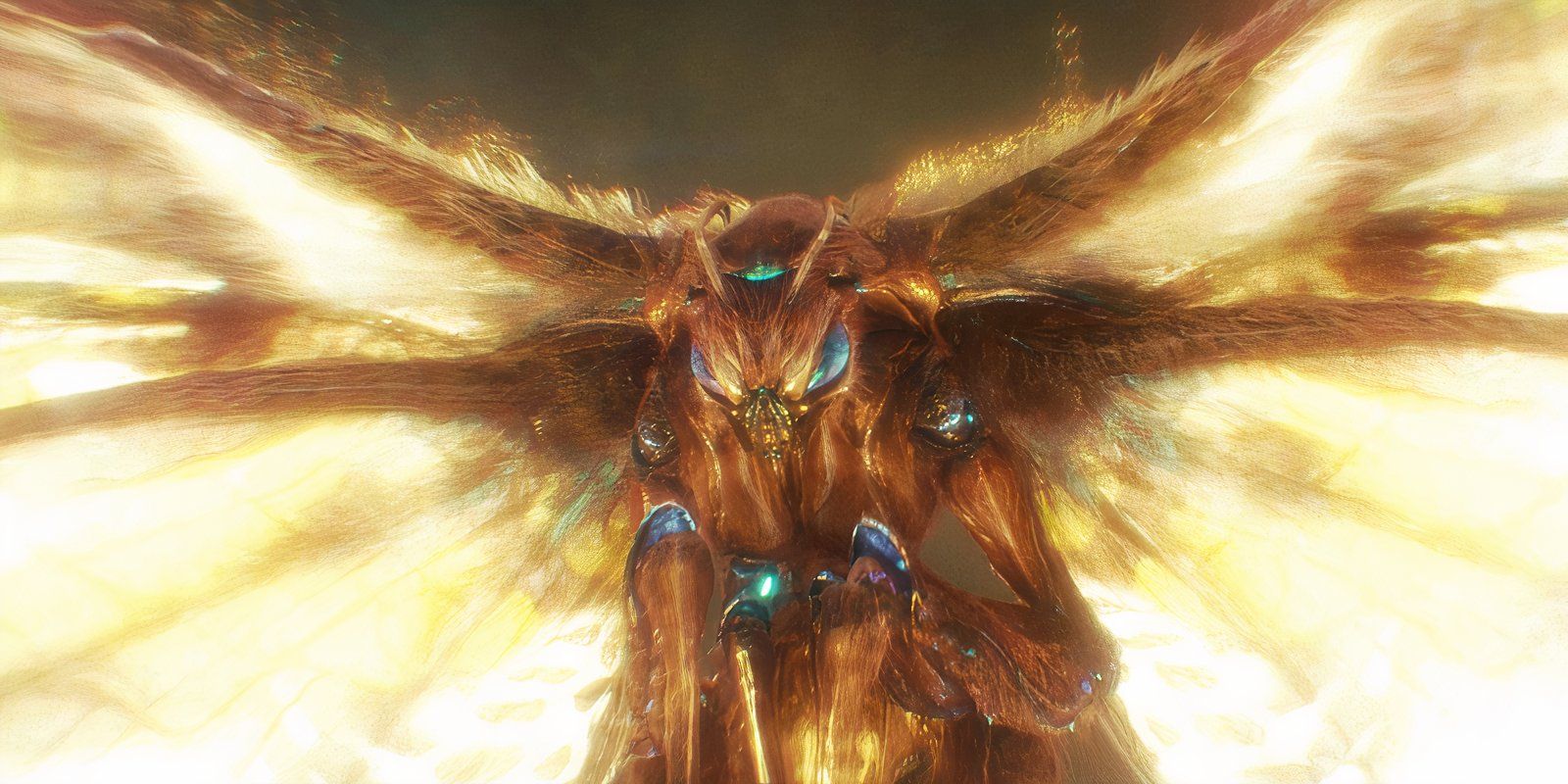
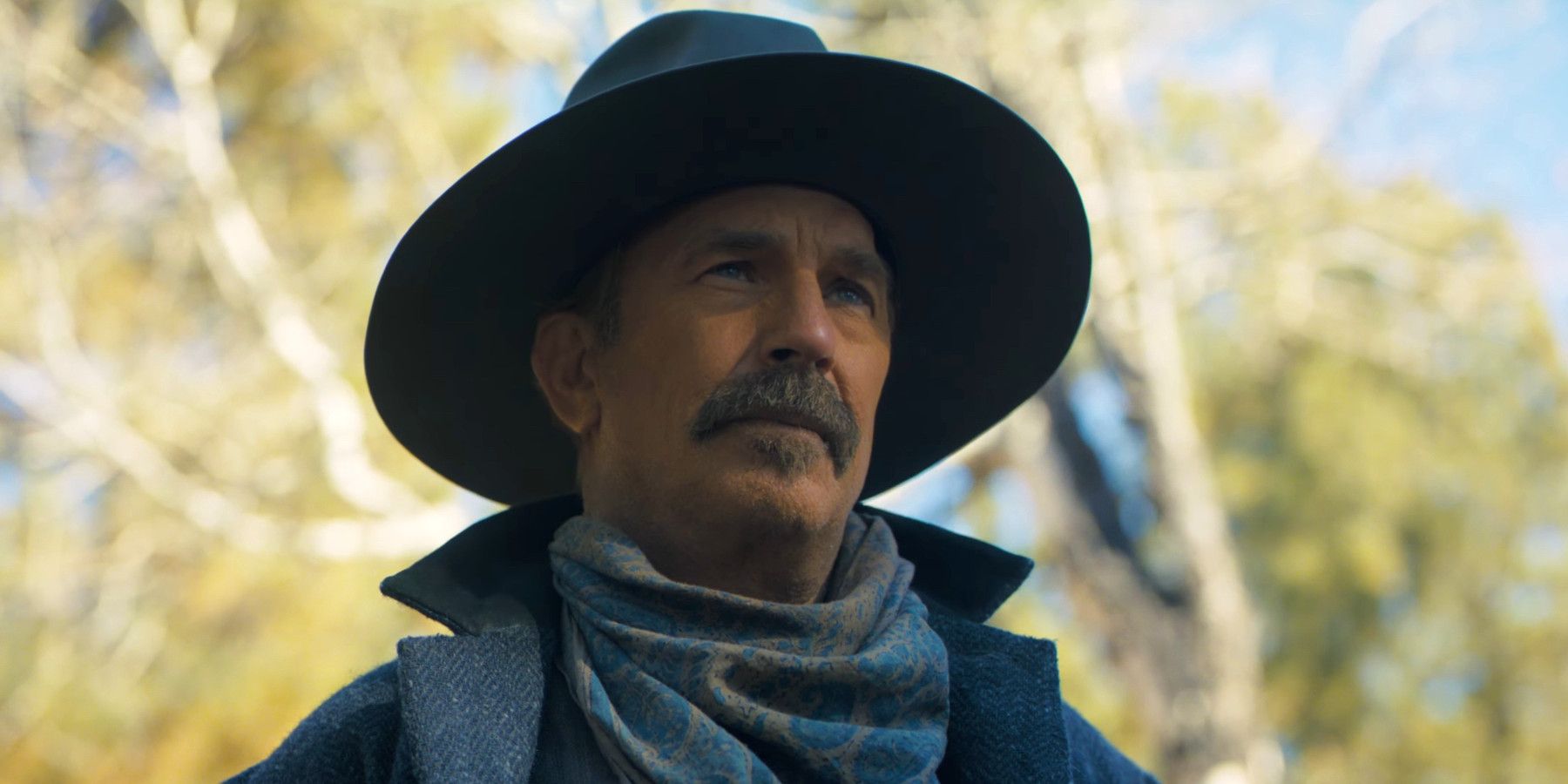
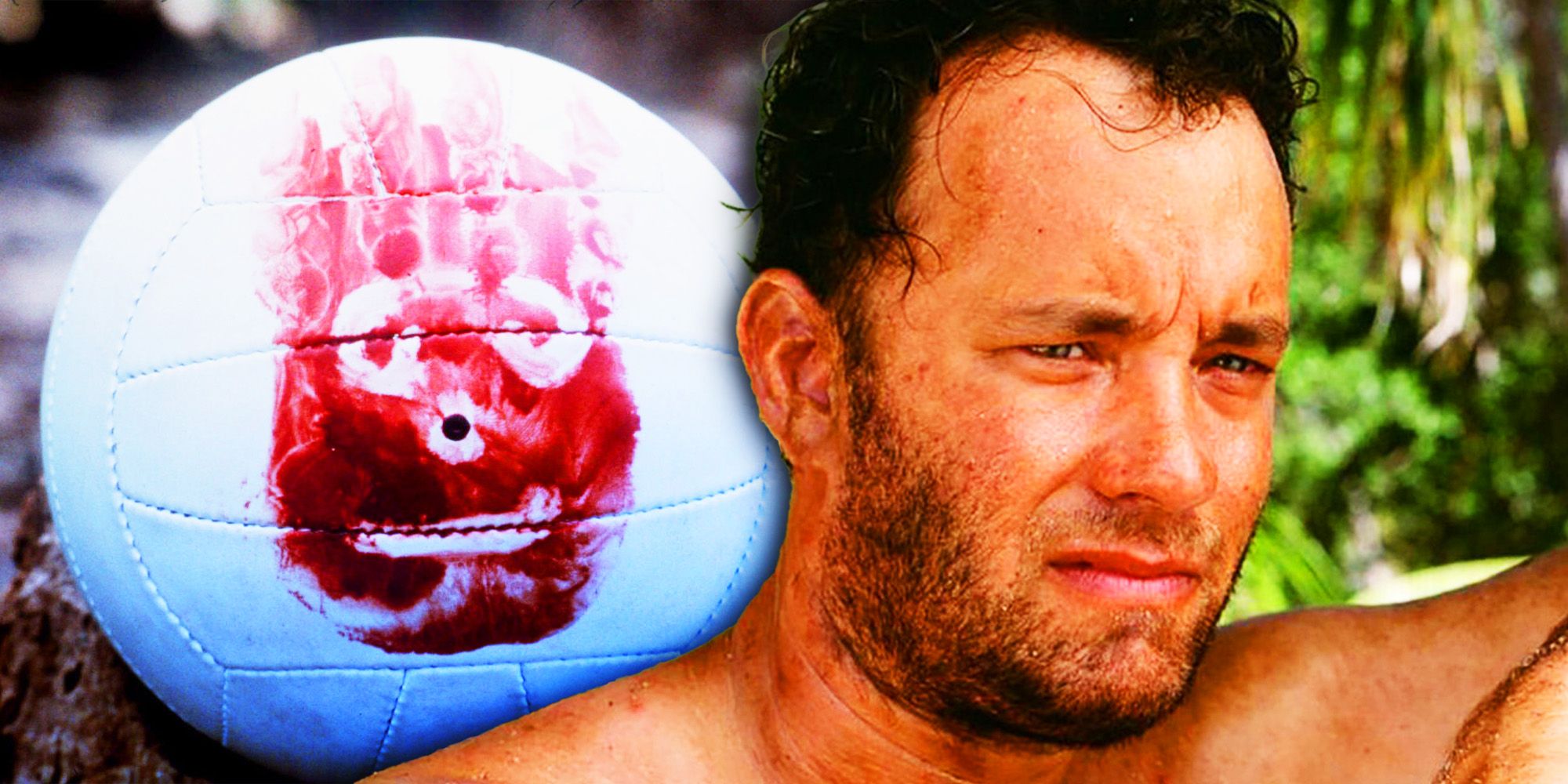
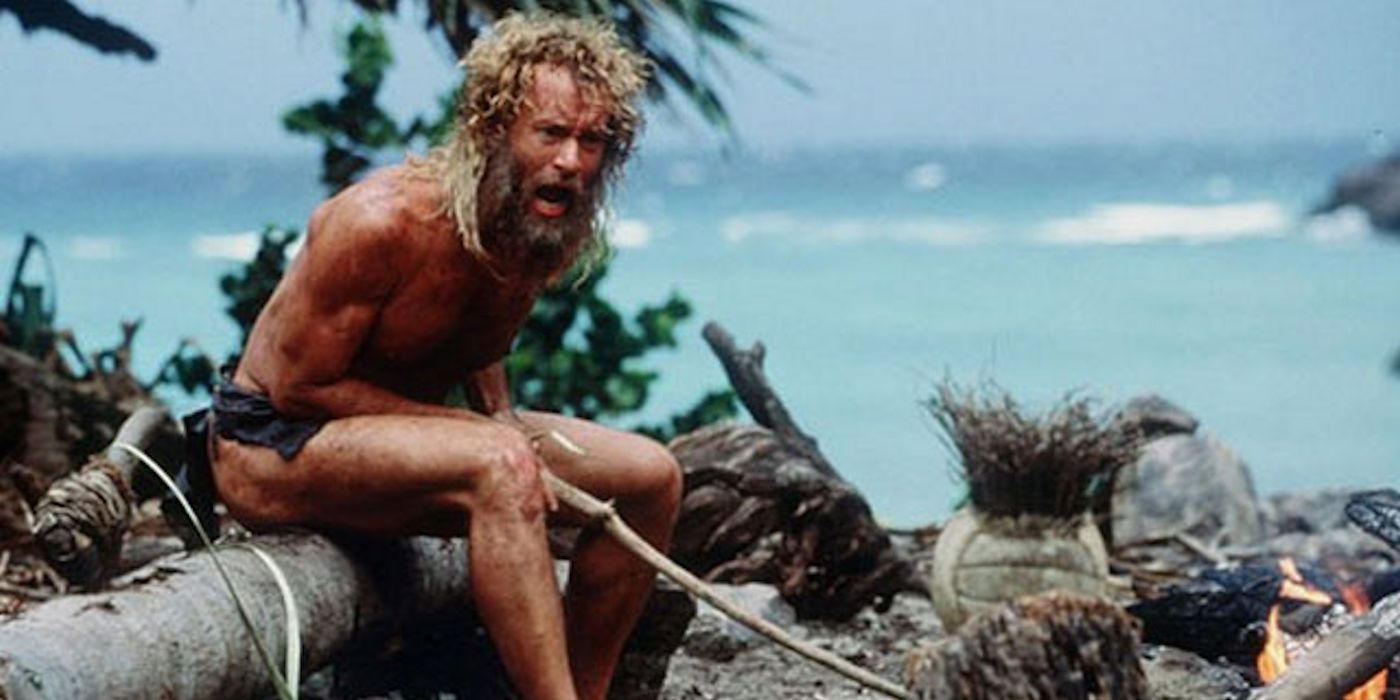
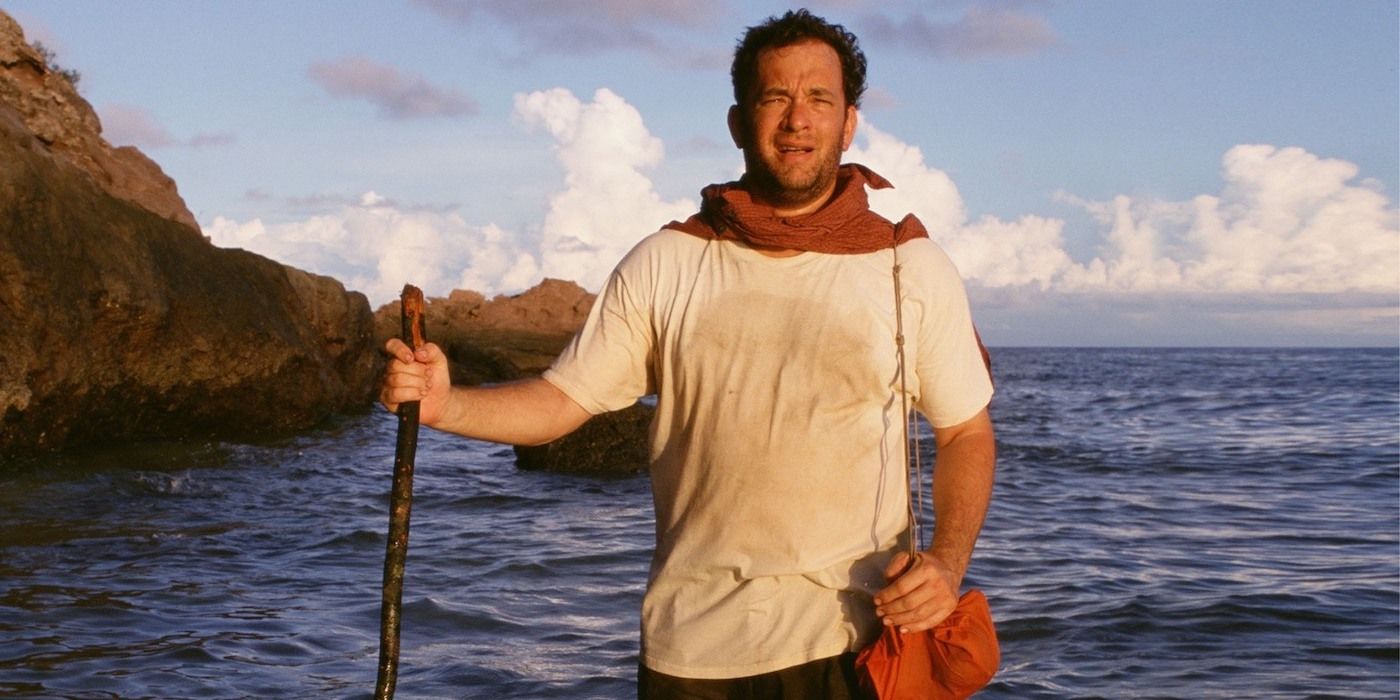
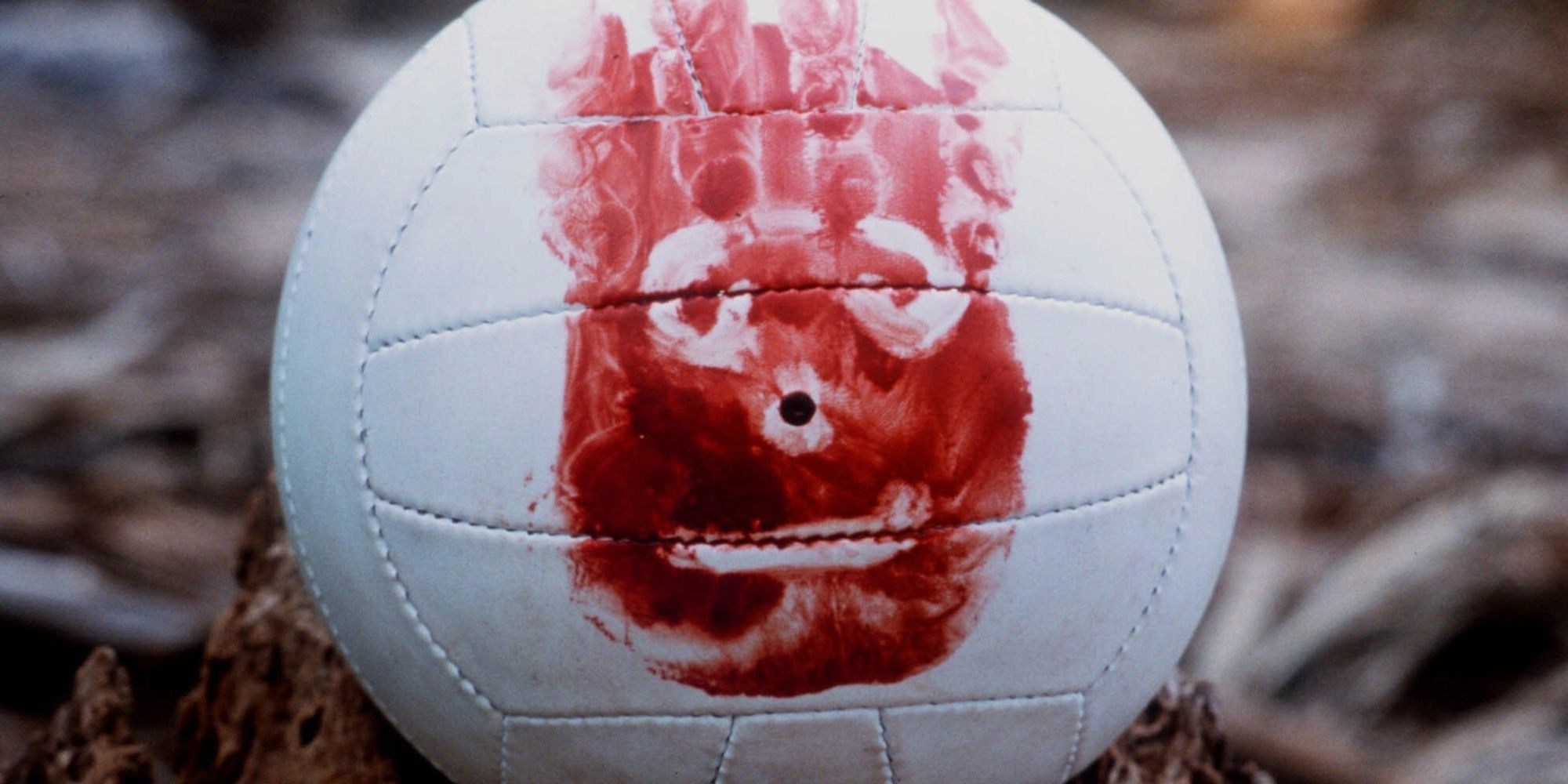
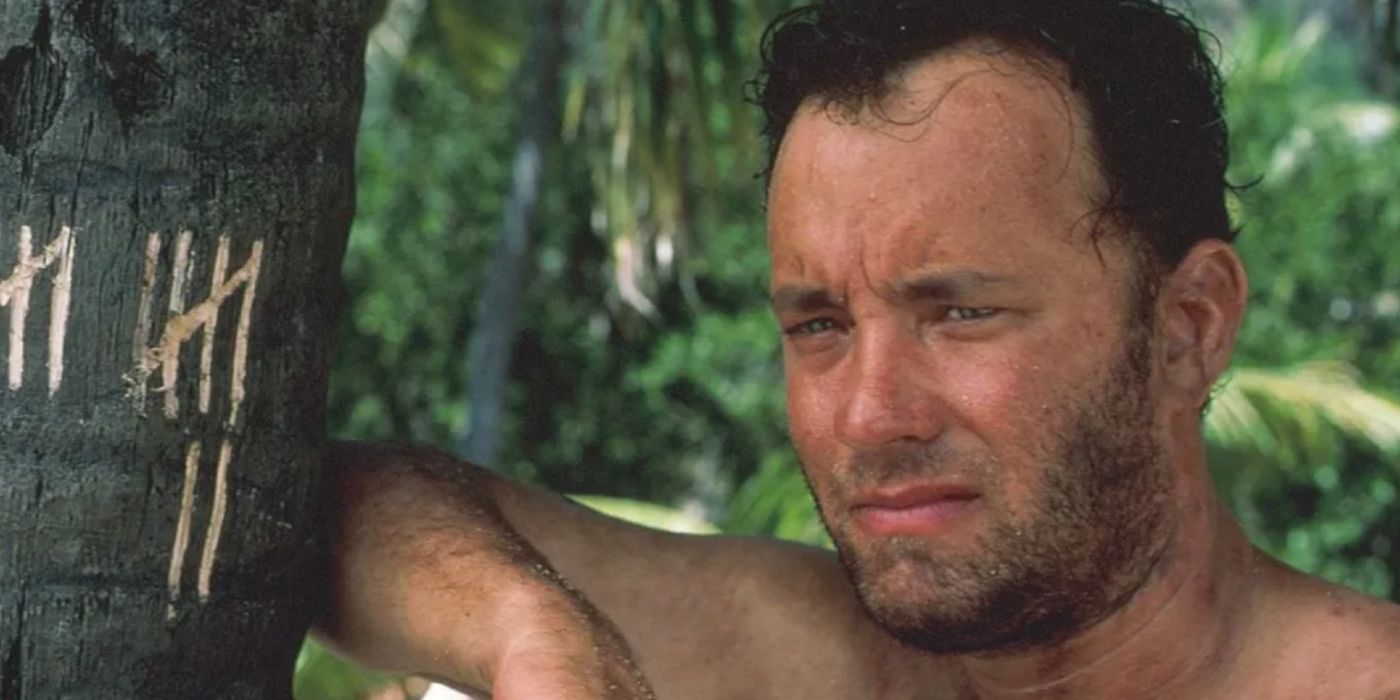
.JPG)